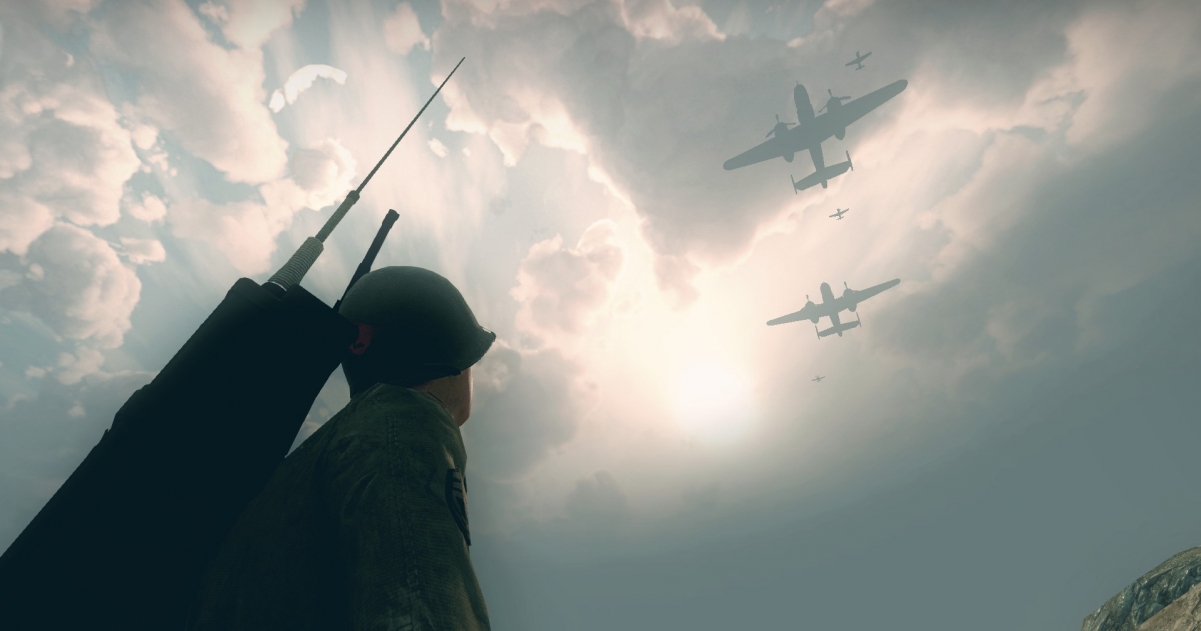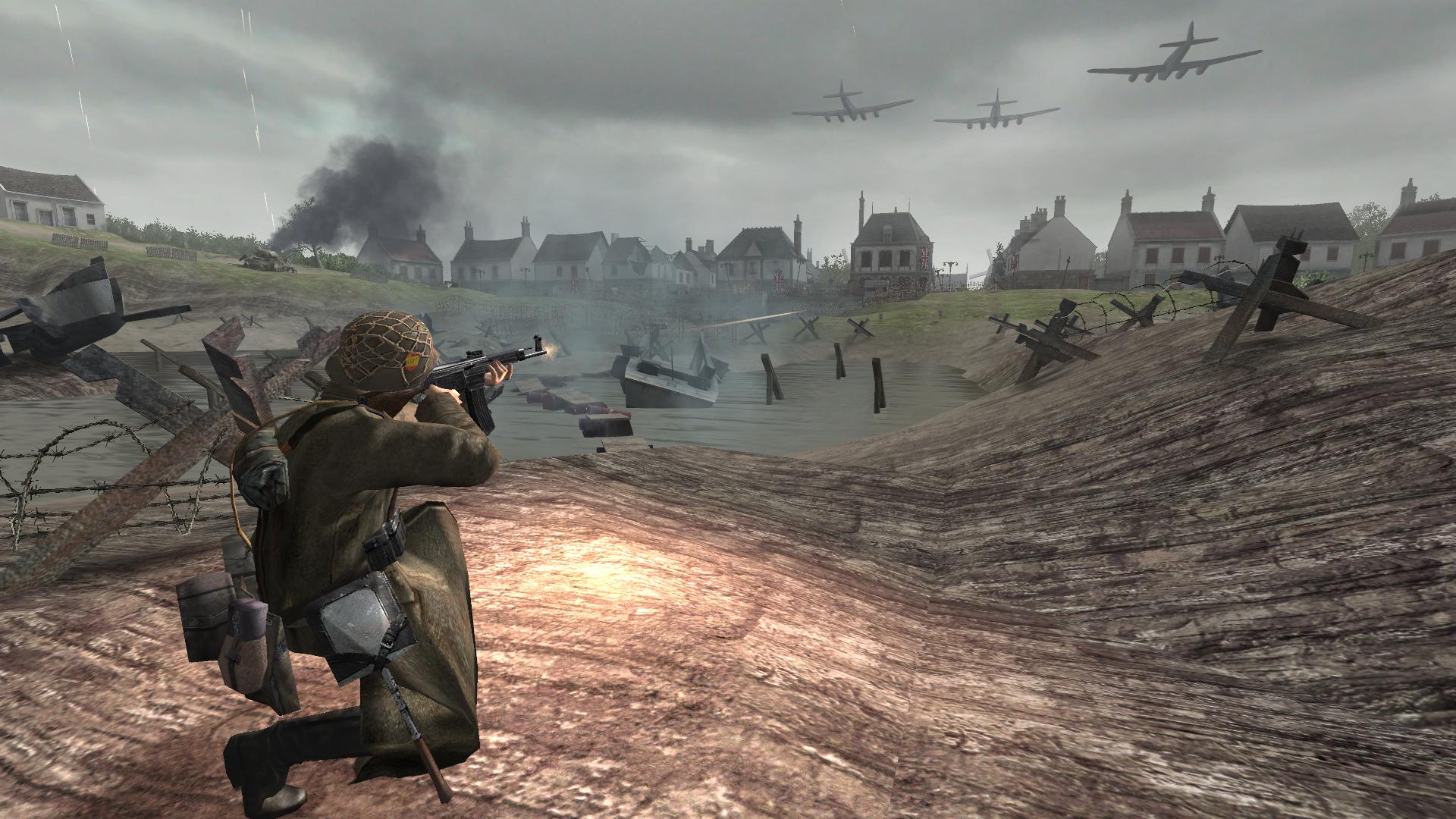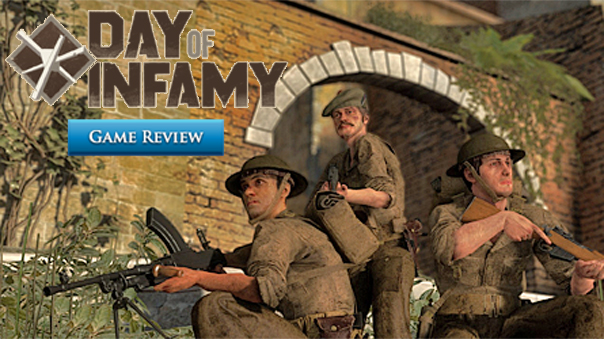

It’s a subtle difference, but when you have full forces on the table the Romans often feel outnumbered, even if there are the same number of groups in each force. Uncivilised mobs run in groups of 10 models, while formed civilised troops present themselves in groups of 8. The first big difference is that the units themselves are different: not only do they have different stats and abilities, but they are different sizes. It’s clear that this game was built from the very start to show off this dichotomy, and there are few rules that don’t reinforce this difference.

The great tension underpinning this game is between the “civilised” Romans, with their best formations and comprehensive drill manual, and the “barbarian” enemies they face, whose fervour and unpredictability is a strength in of itself. Luckily, the Lardies have done an excellent job of making this period and type of warfare engaging and intriguing, and I genuinely think a broad spectrum of gamers will enjoy these rules. This is both its greatest strength and weakness: it means that there is, to my mind, no game that so elegantly and faithfully covers its subject matter but equally if that isn’t something you’re interested in, there really isn’t much here for you – instead try one of the mass battle systems. Every major element we’ll look at here is in service to the goal of evoking it. It’s hard to overstate how much this game really digs into this specific setting and type of warfare. But do not go into this game thinking it’s a broad ancients ruleset you can easily use to play other periods and forces – the entire game has clearly been built from the ground up to do this very specific thing, and do it very well.

If you’re keen to portray Roman civil wars or clashes between Gallic tribes, don’t worry however, these rules definitely allow for this and they’re interesting in their own ways. This really makes the game something unique, and anchors it really strongly to its time and place. The barbarian forces play much more like insurgents than any conventional forces, with the Romans suffering ambushes, uncertainty of enemy positions and other issues common to engaging irregular forces. TFL have really honed in on the asymmetric warfare that is described in many of the accounts of the time, and which is still familiar today – one of the touchstones I wasn’t necessarily expecting to find in my experience of this game was warfare in Vietnam or the Gulf Wars. Some groups of warriors advance – credit John Savage It doesn’t fall into the trap of pretending that a skirmish ruleset is going to replicate the large formations of famous battles. But unlike a lot of games that try and hit this point, it really genuinely is a skirmish game – it’s not trying to invent some scaled down version of mass battles, it’s doing its own very specific thing. This is a skirmish game, designed for 50-70 28mm miniatures as a baseline. Let’s talk about what the game is and isn’t, because that’s really important. That said, let’s dive into why this is so exceptional as a game. There is so much about this game that is good, and we’ll go over it, but if you’re just here already interested wanting a purchase recommendation: go buy it. Let’s get this out of the way: Infamy Infamy might be the best historical ruleset I’ve ever encountered. As we continue with our first month of Goonhammer Historicals and our trip through the wars of Ancient Rome, Lupe reviews Infamy Infamy, the new Ancients ruleset from Too Fat Lardies.


 0 kommentar(er)
0 kommentar(er)
